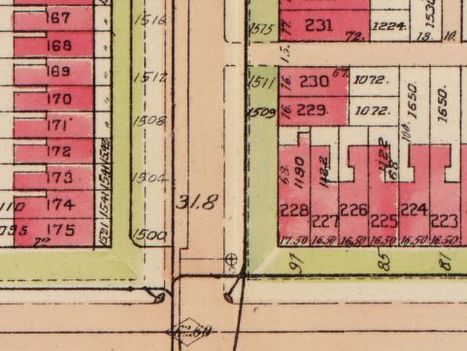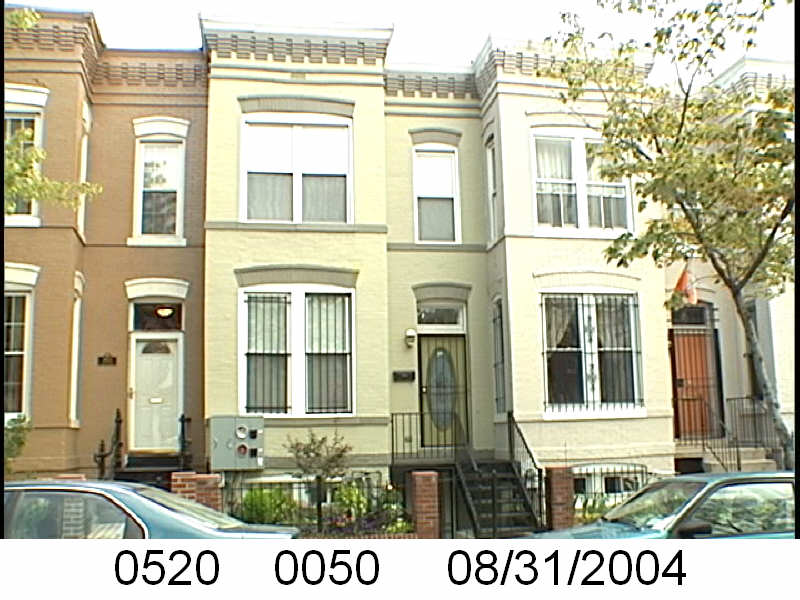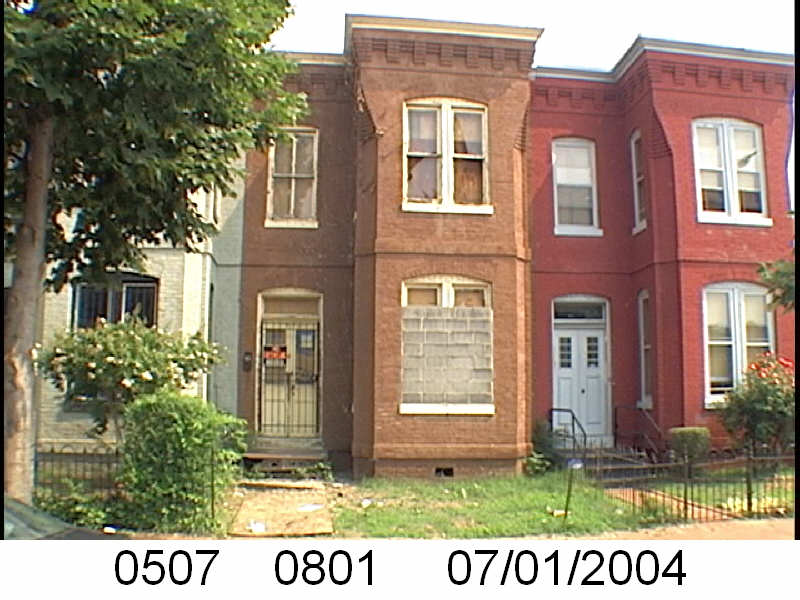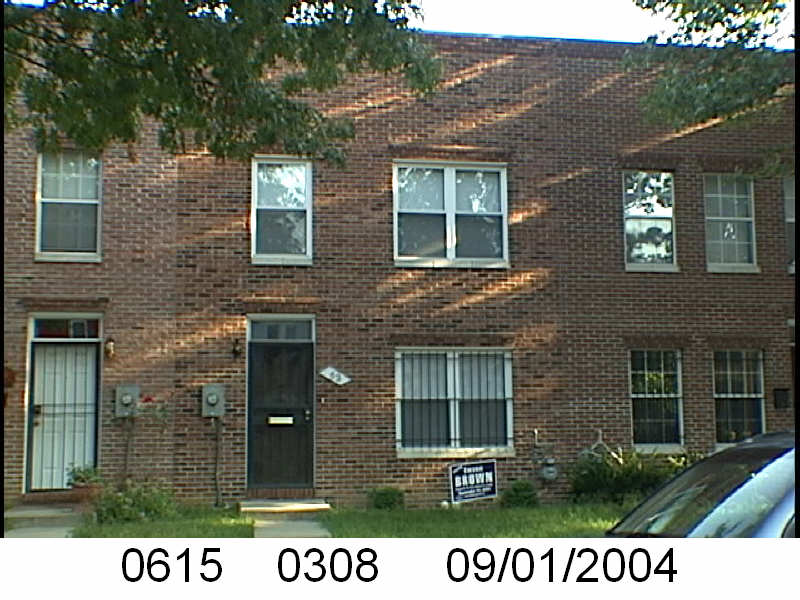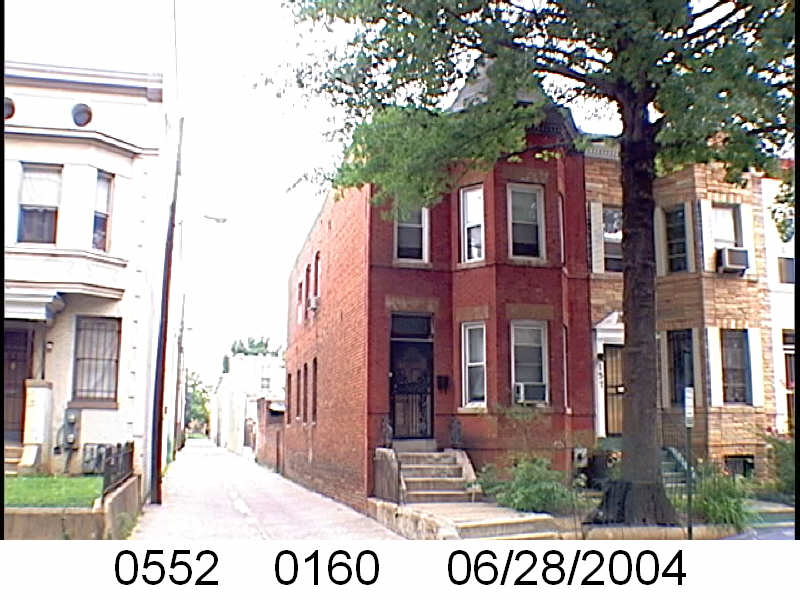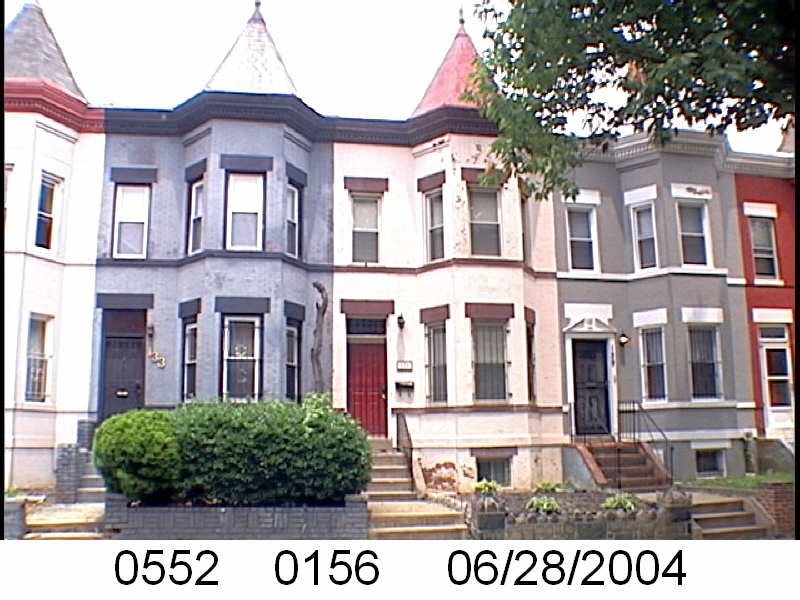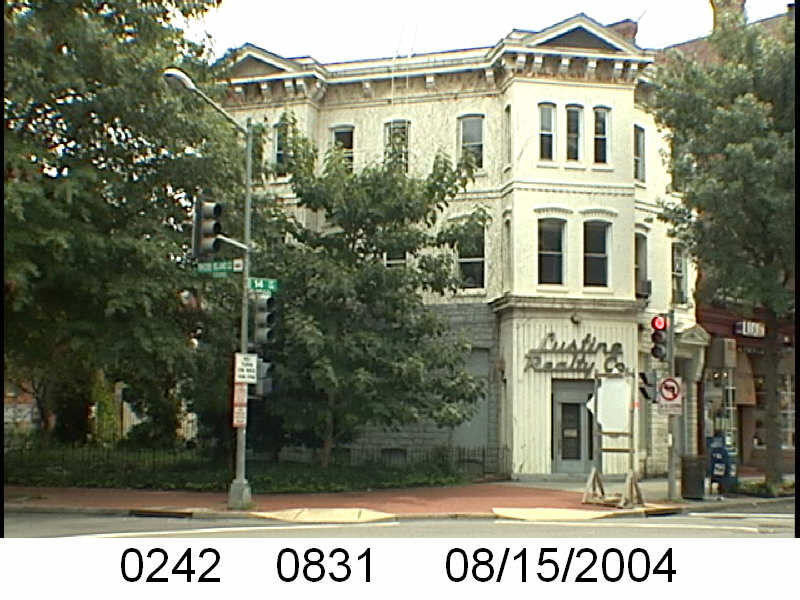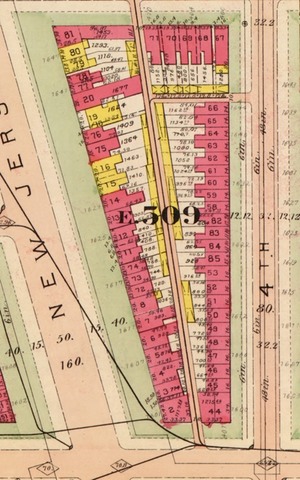You see the image above? Know what that means? It means this house is no longer there. It’s now part of people’s backyards on P St. NW.
1509 1st St NW was Sq 615 lot 229. According to the 1920 census African American Mrs. Mary Mason was the owner. According to the land records, the owner was Mayme Mason. According (sorry for all the accords) to the 1920 census Mayme Mason was a 24 year old niece who happened to be living there. There might have been some confusion. I know I am.
It is a little less confusing with the 1930 and 1940 censuses. In 1930, Mayme is still at 1509 1st St NW. She was reported to have been born in DC in 1886, widowed. In 1930 she lived with her 19 year old daughter Lucy, 17 year old son William Early Mason, and her 40 year old brother Lawrence C. Early. In 1940, she was still widowed, born around 1881 in DC, living with her son William, daughter Lucy, now Lucy Proo (Paoo/Parr?), granddaughter Gail D. Proo (Parr), and 22 year old niece Ellen I Early. From the 1920-1940 census and city directory information it appears she was employed in different positions with the Bureau of Engraving and Printing.
So with that information, and going back to the 1920 census, it appears the names of Mary and Mayme were switched. The person listed as Mary was born around 1882, and working as a stamper, which sounds like a possible Bureau of Engraving position. The person listed as Mayme the niece, was born around 1896 and she was a teacher. Looking at other sources it appears the actual Mary Mason, the teacher, later married a gentleman named William R. Jones, a messenger for the US Air Service.
With that info I can go back and look at who was Mayme W. Early Mason. Mayme was born in Washington, DC. Records from the 1900s show Mayme/Mamie W. Early as a teacher in the DC public schools between 1903 and 1906. She married William Marcellus Mason December 31, 1907.
Going back to the land records, the first is a May 21, 1923 release for a November 1917 debt between her and the Washington Loan and Trust Company. She takes out another debt with the Washington Loan & Trust Co/Equitable Co-Operative Building Association in 1927 for $700, which she pays off in 1933. She takes out another loan with the same organization in 1938 for $2,200, which is paid in 1943.
Then out of nowhere, her widowed daughter Lucy Parr uses 1509 1st St NW and 15 Quincy Place NE (3520/0092) to borrow $18,000 in 1961. So I went a hunting for Mayme, because maybe she owned other land, where there would be a mention of her death. And yes, Mayme owned land elsewhere. She owned 2706 13TH ST NE (lots 26 & 27) and records from April 1962 mentioned she was dead and Gail Elizabeth Parr (her granddaughter) was the devisee under Mayme’s will.
I will end with Lucy Parr selling 1509 1st St NW in 1972 to the DC Redevelopment Land Agency. The RLA bought up a lot of Shaw and Truxton land. Was that for better or worse, I’ll let you decide.

